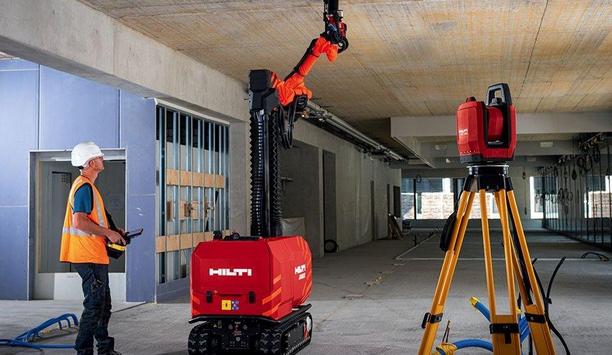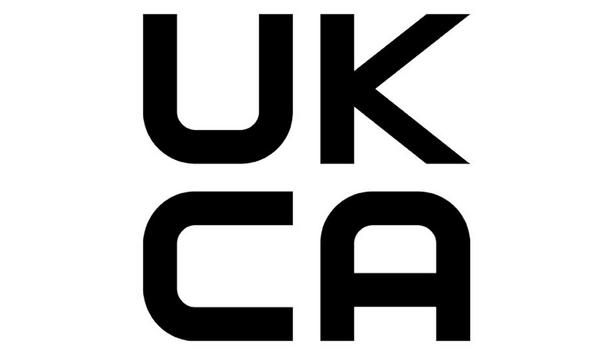The electrical industry is expected to have a labor shortage of about 60,000 workers by 2026. A labor shortage in the electrical trade is not inevitable, but it is likely to continue if the industry does not take steps to address the issue. Like other skilled trades, the electrical industry is facing challenges that could contribute to a labor shortage, including an aging workforce, a lack of interest among younger generations, and competition from other industries.
However, there are strategies the industry can implement to address these challenges and attract a new generation of workers. These strategies include increasing awareness of the benefits and opportunities of skilled trades, investing in training and education programs, improving working conditions and compensation, embracing technology, promoting diversity and inclusivity, and collaborating among industry, education, and government.
Improving working conditions
Factors in the current labor shortage in the electrical industry include:
- Aging workforce: Many workers in the electrical industry are nearing retirement age, and there are not enough younger workers to replace them. This has led to a shortage of skilled workers with many years of experience in the industry.
- Lack of interest in the trades: There has been a decline in the number of young people pursuing careers in the skilled trades, including electrical work. This is due in part to a focus on four-year college degrees as the preferred career path, as well as a lack of awareness of the benefits and opportunities of skilled trades.
- Competition from other industries: The electrical industry is competing with other industries, such as construction and manufacturing, for skilled workers.
- Training and education: Training and education are critical for developing the skills and knowledge necessary for electrical work. However, there is a shortage of qualified trainers and educators.
- Increasing demand: The demand for electrical services is increasing, particularly in areas such as renewable energy and smart grid technology.
Attracting and retaining workers
To attract and retain workers, the electrical industry must offer competitive wages and benefits
One strategy to address the labor shortage is to increase awareness of skilled trades and to promote the benefits of a career in the electrical industry through outreach programs in schools, career fairs, and other events.
Providing access to quality training and education programs that develop the skills and knowledge necessary for electrical work is crucial for attracting and retaining workers. This can be done through apprenticeship programs, vocational schools, and community colleges. To attract and retain workers, the electrical industry must offer competitive wages and benefits, as well as a safe and supportive work environment. This includes offering training and development opportunities, flexible schedules, and opportunities for advancement.
Inclusive work environment
The electrical industry is changing rapidly, and workers must be equipped with the latest technology and tools to stay competitive. Providing workers with training and access to the latest technology can help attract and retain workers. The electrical industry should actively promote diversity and inclusivity to attract a wider pool of workers. This includes efforts to recruit workers from underrepresented groups and create a welcoming and inclusive work environment.
The electrical industry is changing rapidly, and workers must be equipped with the latest technology
Companies in the electrical industry are addressing the labor shortage problem by investing in workforce development programs and initiatives. For example, Schneider Electric has developed a comprehensive workforce development program called the Schneider Electric Energy and Automation Training (SEAT) program. The SEAT program provides training and certification for employees, customers, and partners in areas such as energy management, automation, and digital transformation.
Developing training programs
Siemens has developed several initiatives to address the labor shortage in the electrical industry. These initiatives include apprenticeship programs, vocational training programs, and partnerships with educational institutions to develop training programs.
Graybar, a distributor of electrical products and solutions, has developed a workforce development program called Graybar University to provide training and education for employees, customers, and partners in areas such as lighting, automation, and safety.
Joint apprenticeship training program
Collaboration among industry, education, and government is crucial for developing solutions
The International Brotherhood of Electrical Workers (IBEW) and the National Electrical Contractors Association (NECA) have developed a joint apprenticeship training program that provides training and education for individuals looking to enter the electrical industry.
The program provides on-the-job training and education in areas such as electrical theory, safety, and installation.
Collaboration among industry, education, and government is crucial for developing solutions to the labor shortage in the electrical industry. This includes partnerships between industry and education institutions to provide training and education programs, as well as government initiatives to support workforce development in the skilled trades.

















